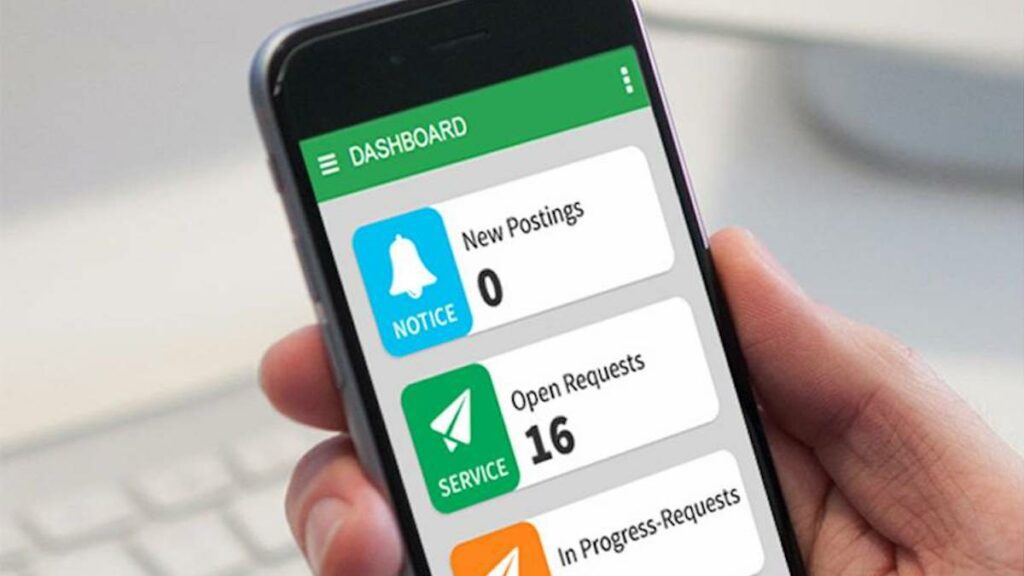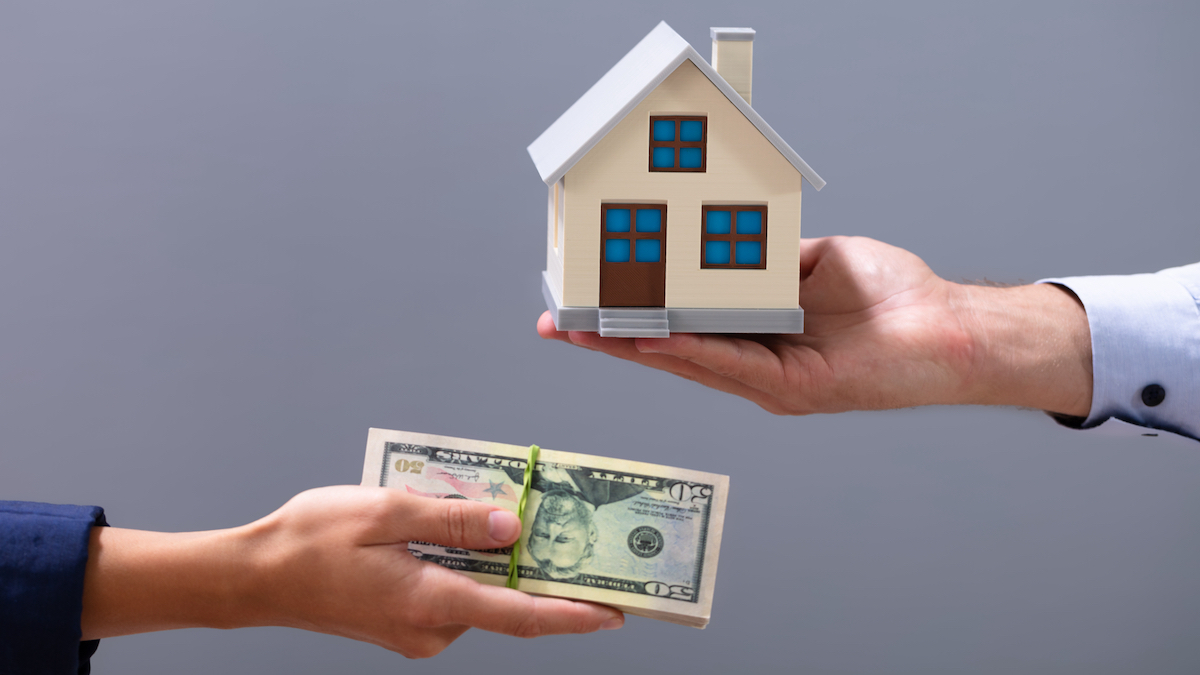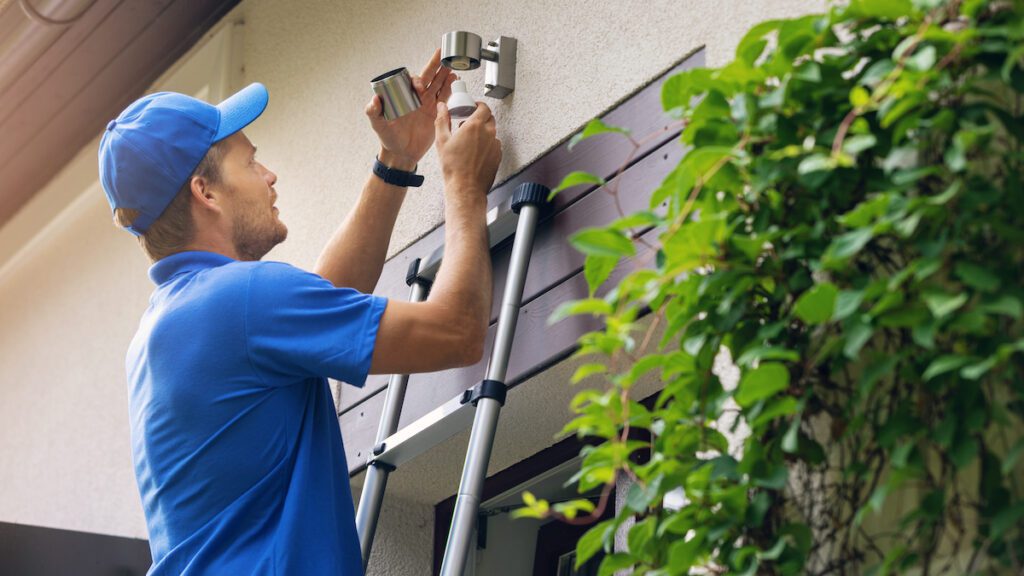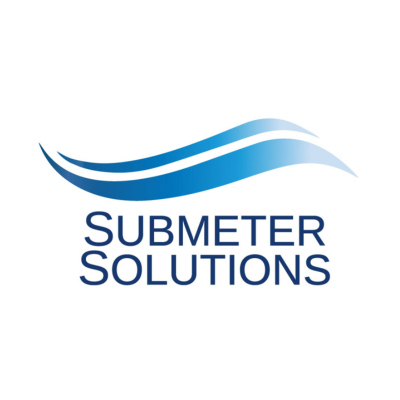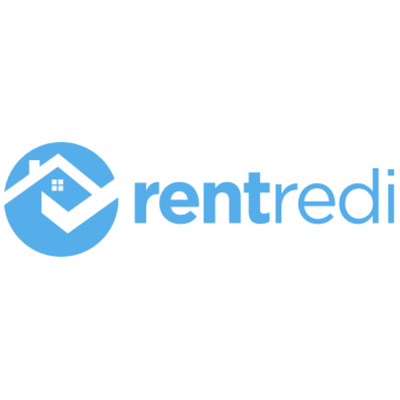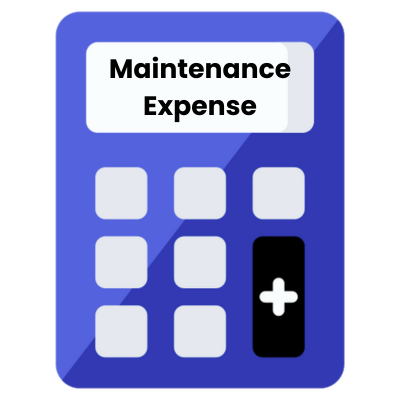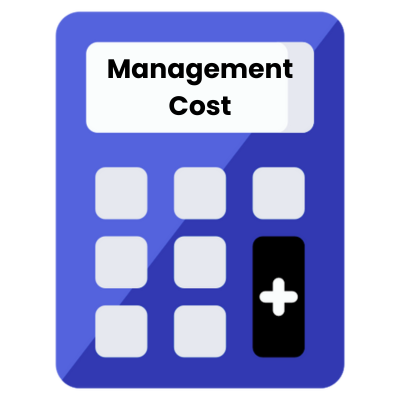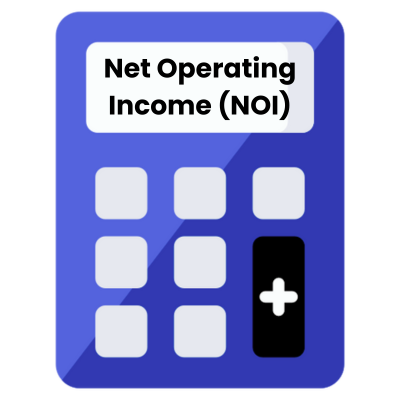Last Updated: April 2024
Modern versions of prefabricated homes have been around since the early 1800s. Today this type of dwelling is still in strong demand by both landlords and homebuyers. Among the most ubiquitous types of prefab homes are mobile homes, which usually reside within mobile home parks. These parks can be great investments for landlords, as well as the actual dwelling structures can be a great lower cost alternative to traditional housing like single-family residences for renters or home buyers.
What is Prefab Housing?
Prefab Housing Definition
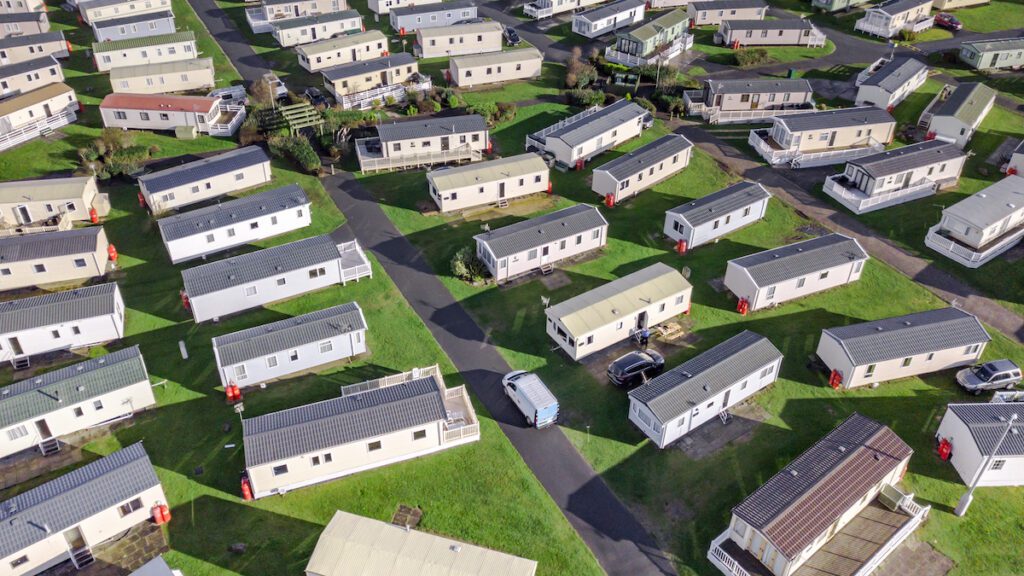
Prefabricated housing (also called “prefab” or “prefabs”) is any dwelling structure that has sections of the structure manufactured in an off-site factory, and then subsequently transported to its intended site of use.
Prefab Housing Explained
Prefab (short for prefabricated) housing is an umbrella term that refers to all of the various types of housing that are built in factories and then transported to their intended sites of use (usually by truck and trailer). In traditional residential property construction, homes are constructed on-site with materials being brought to the location and assembled piece by piece. These are often called “stick homes”. Prefab homes are partially or entirely constructed in a factory, and then transported to their destination site to be assembled. While there are many types of prefab housing available, the most common type of these homes are called “mobile homes” or “manufactured homes”. Manufactured homes are a popular choice because they are often significantly more affordable than “stick homes” and can also be built quickly, with the option to sometimes transport to different locations. Newer module style “pop up” houses have also been gaining in popularity, such as the Boxabl Casita.
3 Types of Prefab Housing
Prefab housing is a general term that actually has several types of sub-classes within it. We explore the most common types of prefab housing below:
Mobile Homes
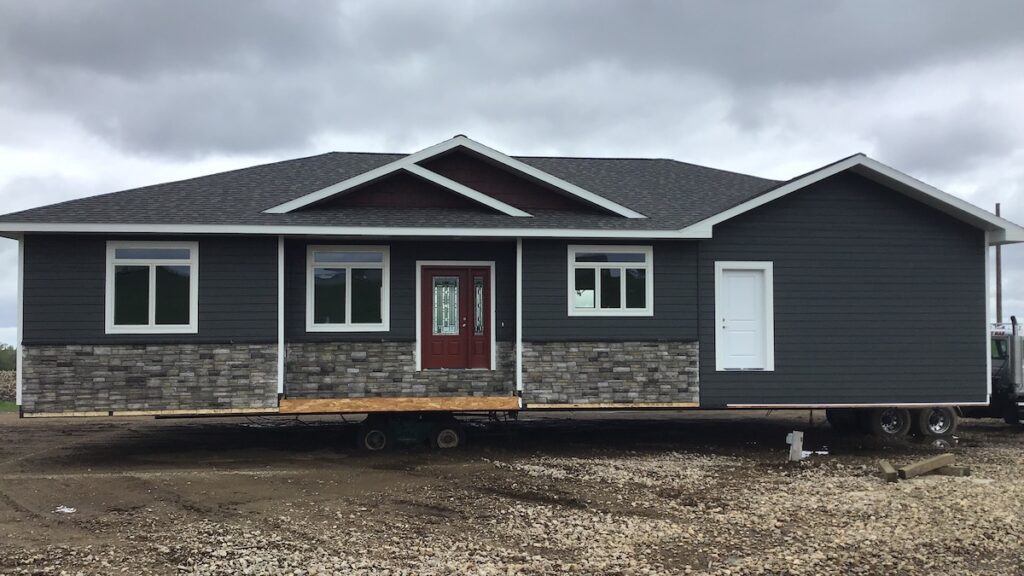


Also called “manufactured homes”, mobile homes are the oldest type of prefab housing. While they are the cheapest type of this housing, the quality tends to be lower than other types of prefab homes. They are built on chassis that can be moved from one location to another, but are typically found in “mobile home parks” which are areas that rent land for long-term parking of these homes. They are transported on special trailers and placed on blocks or a pier and beam foundation.
Traditional style mobile homes usually fall into two major types: single-wide and double-wide. Single wide are usually 18 feet (5.5 meters) wide or less and can be up to 90 feet (27 meters) long. Double-wide homes are less common, but they are wider than single-wide homes. They are usually at least 20 feet (6 meters) wide and can be up to 100 feet (30 meters) long.
Modular Homes
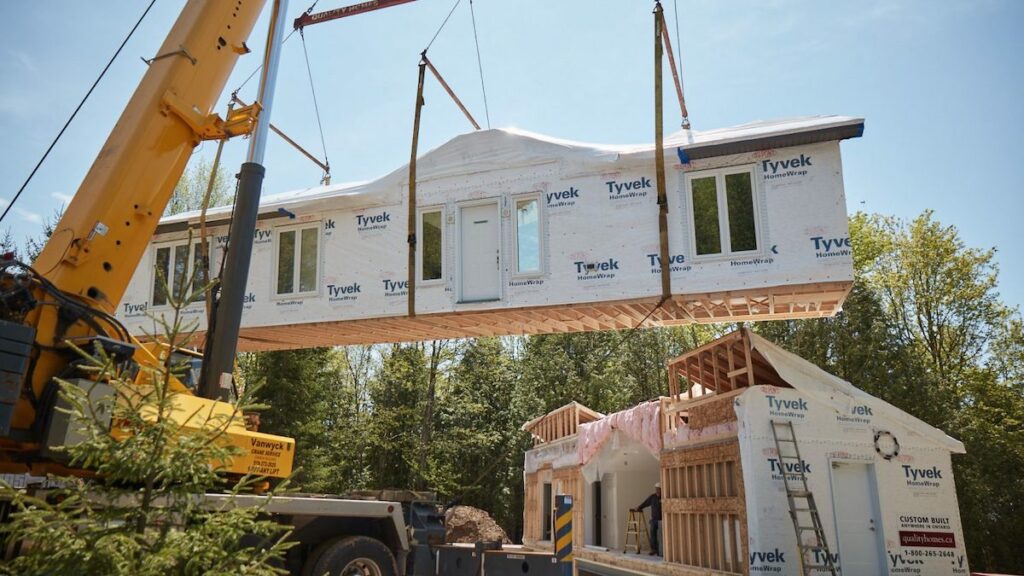

Modular homes are exactly as the name describes them – homes that are built and assembled in “modules”. Each room of the home is constructed in “modules” in a factory and then transported to the building site to be assembled together. Each module typically has all of the necessary construction components such as walls, doors, electrical wiring, plumbing and more – which can all be connected together. The interior finishes can be very complete, and they are meant to be put on permanent foundations (similar to a traditional single family home).
Panel Built Homes
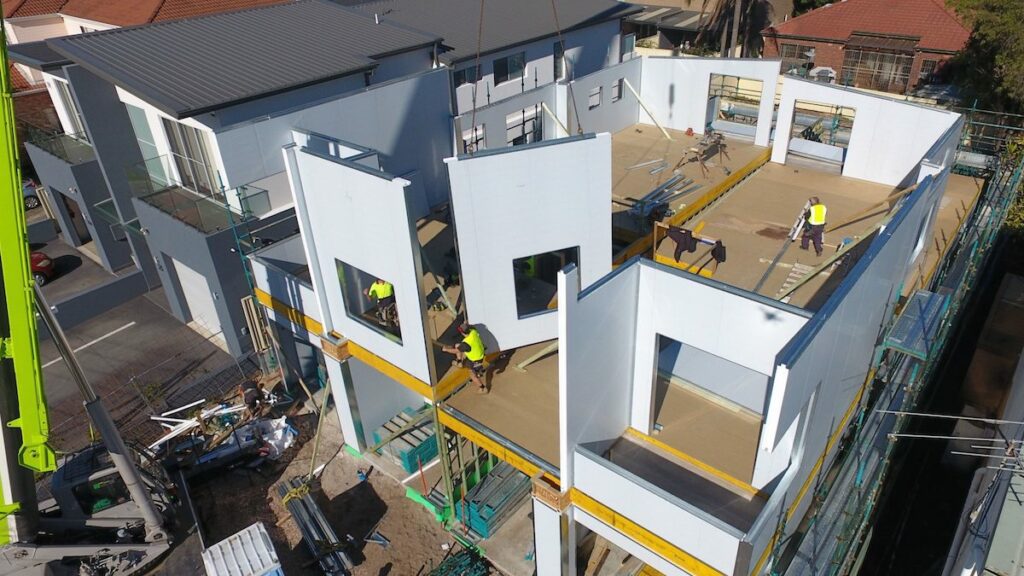

Also called “kit homes” or “panel buildings” are a type of prefab home where the structure is assembled with whole panels (i.e. walls) that are built in a factory and then transferred to the final build site. The construction process is accomplished by laying down the floor first and then lowering each section of wall into place via crane. While this method provides cheaper transportation costs (panels are cheaper than modules to transport), it usually requires more interior finishing work, but is still significantly faster than site-built homes with assembly as fast as 10 days.
Mobile vs Manufactured vs Modular
While all of these prefab homes are built in factories, the main difference between mobile, manufactured, and modular homes is how they are built and where they can be placed. Mobile homes are the least expensive and can be moved, but manufactured and modular homes are built to stricter standards and must be placed on a permanent foundation.
Mobile
Mobile homes are built on metal frames and have wheels so they can be moved. They are considered to be personal property since they can be transported around. Mobile home foundations are non-permanent or semi-permanent.
Manufactured
Manufactured homes are also built on metal frames, but must be put on a permanent foundation. They are transported in complete sections and the wheels, hitch and axles are removed on site when the home is placed on a permanent foundation. Manufactured home foundations are typically permanent.
Modular
Modular homes are similar to manufactured homes, but are typically built in smaller sections (often room-by-room) before being transported to their final destination. Modular home foundations are almost always permanent.
Mobile Home Parks
Most people are familiar with the term “mobile home park,” but many do not know how they work or what goes into running one. If you’re thinking about investing in a mobile home park or similar asset, it’s imperative that you understand the fundamentals of them.
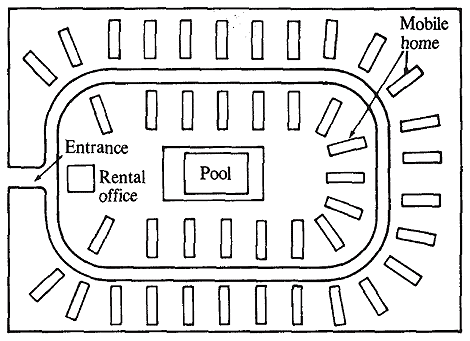

Mobile home parks are a type of land use where manufactured homes, also known as mobile homes, are placed on leased land. The mobile homes are then connected to utilities and other services, and the park residents pay a monthly fee to the park owner to live there, in addition to access to amenities such as a community pool, dog park, etc. You can think of it as renting the land to park and live in your mobile home.
They first became popular in the United States after World War II. At that time, there was a serious housing shortage, and many people were looking for an affordable way to live. Mobile homes were a perfect solution because they could be built quickly and were much less expensive than traditional homes.
Today, there are estimated to be over 40,000 mobile home parks in the United States, and they are still a very popular option for people looking for an affordable place to live. Mobile home parks are typically located in rural areas, although there are some urban parks as well.
Pros and Cons of Investing in Prefab Housing
Like any other investment asset, prefabricated housing has its own advantages and disadvantages. Here are a few pros and cons of investing in prefab housing to consider before making your decision.
Prefab Housing Investing Pros
- Relatively Affordable – In most cases, a prefab home tends to be cheaper than a similarly appointed single-family home, once you account for variables like property age and location. According to a report from MHI, the Manufactured Housing Institute, the average per square foot cost for a manufactured square foot home is $49 per square foot, less than half of the same number for a single-family home, which sits at $107 per square foot.
- Incredibly Versatile – Prefab homes offer a great deal of versatility when it comes to customization. Investors, deal sponsors, developers, and other interested parties have the ability to start with a small, basic structure and add new upgrades over time. For instance, you’ve got countless upgrades available for prefab homes, including the ability to add additional rooms, on-site garages, extended outdoor areas, or general upgrades to building materials like marble, quartz, hardwood, or flooring types when ordering the home from a manufacturer.
- Faster Construction – Most single-family homes take somewhere around 6 months to complete construction. This number quickly goes up for larger projects, like multi-family apartment complexes and large-scale commercial industrial spaces. Prefab and modular homes are typically able to be built up to 50% faster and require up to 50% less materials than conventional or traditional construction. Conversely, a prefab rental property can be built at a factory in as little as 2 months. The installation itself only takes a few days until it is ready to lease, shortening the time it takes from concept to shovel-ready to move-in ready- which translates into faster cash flow for investors. As an added bonus, prefab construction presents a much lower risk of theft, damage, material shortages, and cost overruns- because you’re reducing the overall time it takes to construct the project.
Prefab Housing Investing Cons
- Negative Image – While the industry has made great strides in livability, safety, and other quality-of-life issues, there is still a stigma attached to prefab homes, specifically mobile and manufactured homes. In some areas, this can lead to higher vacancy rates and the general inability to find and keep tenants. Additionally, some cities have onerous zoning requirements specifically written to keep mobile and manufactured home parks out. As demand for affordable housing rises and new innovative prefab building methods emerge, commonly held negative stigmas should gradually become a thing of the past.
- Stricter Lending – Financing prefab homes can be a complicated endeavor. Many lenders specialize in offering mortgages for the purchase of “real property,” which is defined as a home permanently built on a piece of land. The defining variable in obtaining financing for a prefab home typically lies within its type of foundation. If it is placed on top of a concrete foundation, the chances of mortgage approval go up. Conversely, if a mobile home resides on a temporary foundation, it might not meet traditional mortgage requirements, and might be better suited for a chattel mortgage.
- Higher Depreciation – One of the biggest advantages of investing in traditional single-family homes and other types of rental properties; is appreciation. Over time, the property will typically appreciate in value, adding value on top of the regular cash flow landlords collect from rent. Depending on the quality of building materials, prefab and manufactured homes typically depreciate at a faster rate, potentially reducing the resale value of the property down the line. That does not mean prefab home properties do not appreciate, they just tend to do so at a level lower than your standard single-family property.
The #1 Rental Property Newsletter
Once a month, we send out an exclusive Rental Property Market Update with top stories, current mortgage rates, building products, and more. No spam and unsubscribe anytime.


Rental Real Estate News
- CoStar Group Acquiring Matterport Spatial Property Data Company in $1.6 Billion Deal


- Blackstone Acquiring Multifamily Owner AIR Communities for $10 Billion

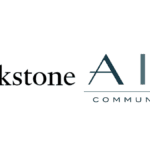
- Property Meld and Lula Launch ‘Vendor Nexus’ Program

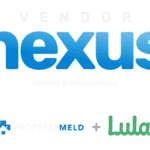
Prefab Housing Property Management
Prefab housing property management involves overseeing the maintenance, occupancy, and overall operations of prefabricated homes and their communities. Property managers in this sector typically handle responsibilities such as lease management, tenant screening, and ensuring compliance with housing regulations and standards. Additionally, they may coordinate site-specific services such as utility management, community amenities, and infrastructure maintenance to ensure a well-functioning living environment for residents.
Top Prefab Housing Tools
Prefab Real Estate Finance
Prefab Housing Investing
There are a few different ways to invest in prefab housing. You can buy a prefab home and rent it out, or buy a piece of land and put a manufactured home on it. You can also choose to invest in a manufactured home community or a portfolio of manufactured homes through REITs and crowdfunded real estate.
Direct Ownership of Manufactured Housing Investments
If you’re looking to invest in a prefab home or homes, the first step is to find a good location. Look for a site that is close to amenities, has good schools, and is in a safe neighborhood. You’ll also want to find a location with a good rental market. Remember that finding a single manufactured home with the right characteristics is much easier than finding an entire park to buy. So you might have to expand your geographic area to meet all your investment needs – there are few, if any, manufactured park homes in places like NYC and SF.
You can find manufactured homes and parks for sale through real estate agents, online listing platforms like LoopNet, or by contacting a manufactured home dealer. When you’re ready to make an offer on a manufactured home, if you’re not paying cash, get a pre-approval letter before you start shopping so sellers know you are serious.
Once you’ve bought a manufactured home or park, you’ll need to ensure it has access to utilities, a working septic system, and any permits you need from the county. After the home is set up, you can start renting it out. You can list your manufactured home on through local real estate agents or find tenants through a property management company.
Investing in Manufactured Housing REITs or Manufactured Housing Crowdfunding Investments
If direct ownership seems like too much work- no worries! Instead, you may want to consider investing in a Manufactured Housing REIT. These REITs are a type of real estate investment trust that owns and operates manufactured housing communities.
You should know a few things before investing in a Manufactured Housing REIT. First, these REITs must have at least 75% of their assets invested in manufactured housing communities. This means that they tend to be more volatile than other REIT types.
Second, Manufactured Housing REITs often have high dividend yields. This is because they typically have lower operating expenses than other REIT types. Third, these REITs are subject to special tax rules. In fact, real estate as an asset class is among the most tax-advantaged, which means that you may be able to deduct a portion of your investment from your taxes, among other tax benefits like depreciation.
Top 5 Largest Prefab Real Estate Companies


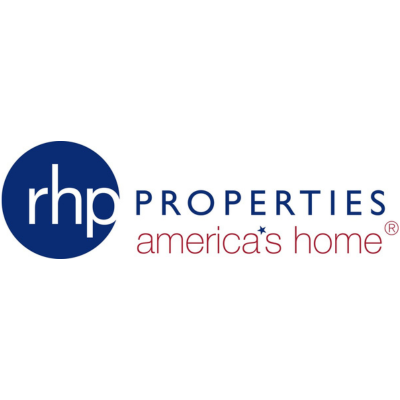

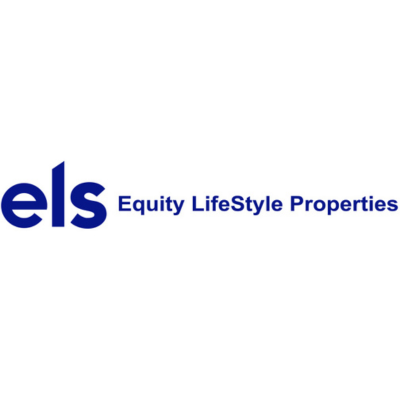

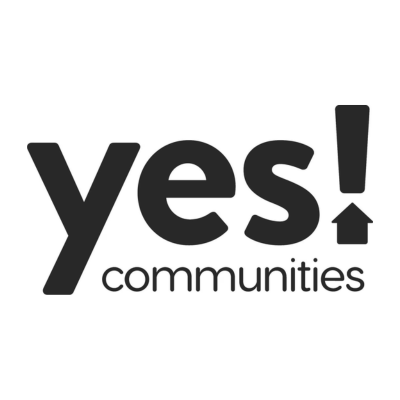

The prefab real estate industry is a transformative force in residential development, based on the largest prefab real estate companies that develop and manage communities comprised of prefabricated homes. These organizations are top operators at creating cohesive and sustainable communities by strategically positioning prefab homes in well-planned developments. They focus on delivering efficient, affordable, and community-oriented living spaces, leveraging the benefits of prefabricated construction such as reduced building times and minimized environmental impact.
Search Rental Real Estate
Try searching out site for hundreds of rental property topics ranging from property management, investor tool reviews, investment research, and more.
Prefab Housing Calculators
Prefab Housing FAQ
How Does the Resale Value of Prefab Homes Differ from Traditionally Built Homes?
The resale value of prefab homes (both land and structure) can sometimes differ from traditionally built homes due to varying perceptions of quality, durability, and location. While some markets may value the modern design and efficiency of prefab construction, others may offer lower resale prices due to misconceptions about their longevity and aesthetic integration into existing neighborhoods.
Are Prefab Homes in Mobile Home Parks Good Investments?
Investing in prefab homes within mobile home parks can be a good investment due to their typically lower acquisition and maintenance costs compared to traditional homes. However, the investment’s success largely depends on factors such as park management, location, and local market demand, which can significantly influence occupancy rates and rental yields.
More Types of Rental Real Estate
About the Author


Ryan Nelson
I’m an investor, real estate developer, and property manager with hands-on experience in all types of real estate from single family homes up to hundreds of thousands of square feet of commercial real estate. RentalRealEstate is my mission to create the ultimate real estate investor platform for expert resources, reviews and tools. Learn more about my story.
Disclaimer: The information provided on this website does not, and is not intended to, constitute legal and/or financial advice. As such, all information, content, and materials available on this site are for general informational purposes only. Please review our Editorial Standards for more info.

